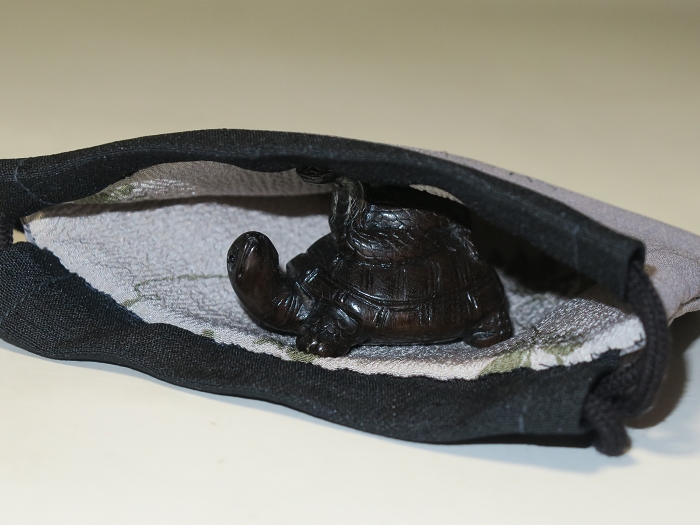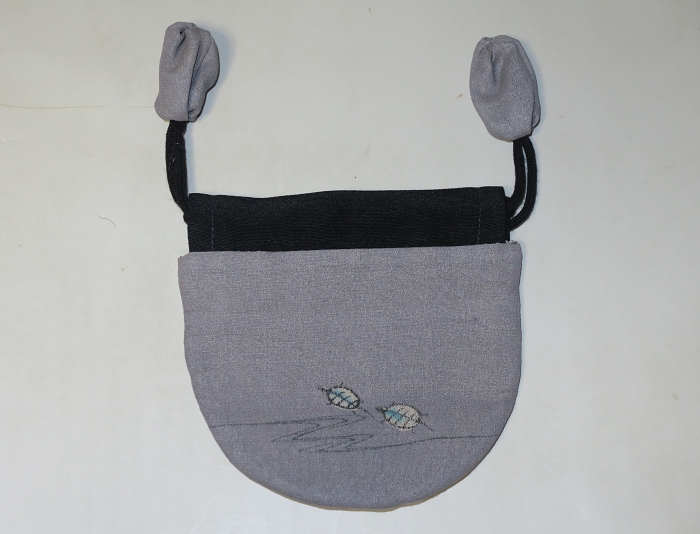
长崎和服师藤本秀子作品。绉纱取自江户时代上等和服,里外双面工,结实美观。灰色背景上手工刺绣流水、岸边松树、田野嬉戏的乌龟等古色古香的图案,优雅精致,甚至可作为画作欣赏。福寿双全题材的和服贵重稀少,取材十分难得。品位非凡,贺寿男女皆宜。
运用工艺手段或组织结构,使表面呈现绉纹效应,质地轻薄的丝织物称为绉。绉纱是古代纱织物。纱表面自然绉缩,显得凹凸不平,虽然细薄,却给人一种厚实感。奥妙在于绉纱经、纬丝线拈度和拈向不同,织成后绉缩相错,表面因此变得高低不平。
约12×12cm
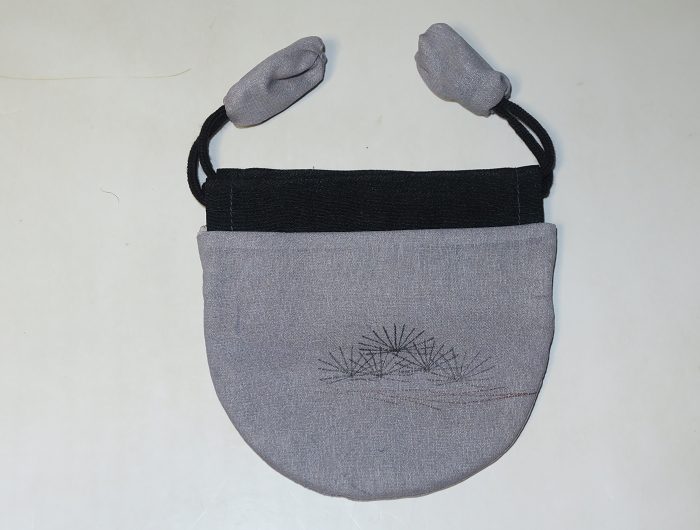
小物入江戸縮緬丸袋—手描き亀松図柄
暈し染め鼠地に流水や岸辺の松、野に遊ぶカメなど古風な雰囲気の柄。掛け軸にでもありそうなとても趣のある上品な柄。時代物正絹着物地江戸縮緬の羽二重で作ったとっても可愛い小袋。人形、アクセサリ-入れ、お薬、小銭、数珠、お出掛け用裁縫セット入れ、飴玉入れなどお入れください。
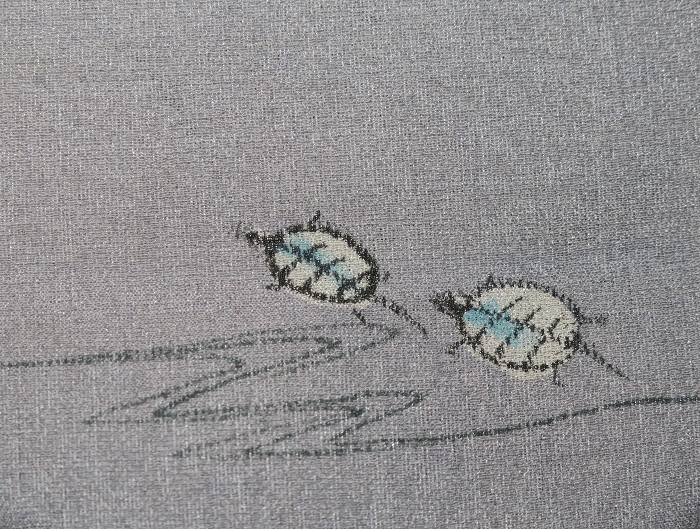
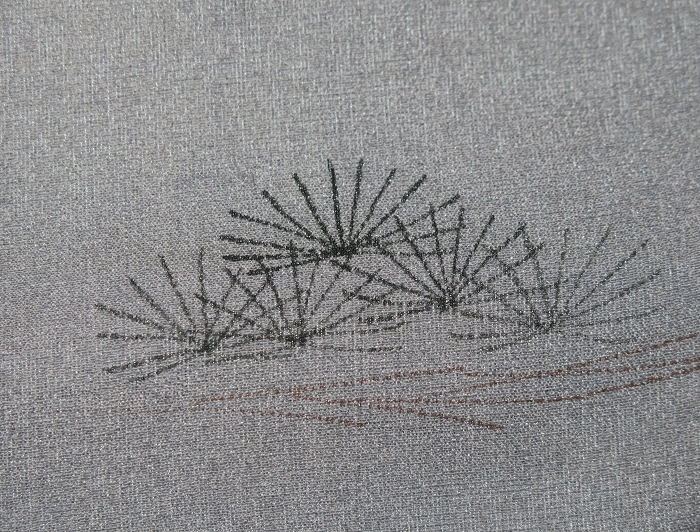
Japanese Splendid Round Storage Bag
There are typically two types of clothing that the Japanese wear: the Japanese clothing (和服wafuku), such as kimonos, and Western clothing (洋服yōfuku). Japanese traditional fashion combines multiple styles that reflect early Japan’s visual culture. It represents the culture’s visible artistic and traditional values and joins them together to create a form of fashion recognizable to foreign cultures.
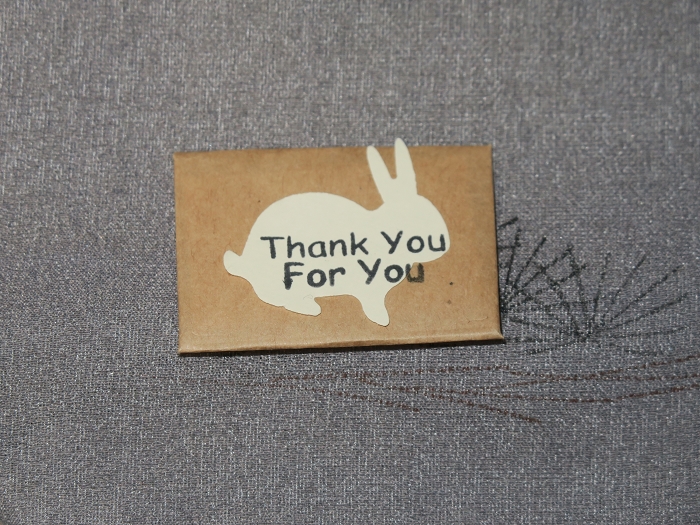
The most well known form of Japanese traditional fashion is the kimono (translates to “something to wear”), Although the traditional wear for Japan became popularized during the Heian period (794-1185) and was worn casually at the time, it is now rare to find people doing so due to the difficult process associated with the wardrobe.
Each type of garment corresponds to a special occasion, such as festivals, ceremonies, or weddings. The materials, colors, and layers used for the clothing differentiate them and their significance, as the looks are also often worn seasonally. The clothing that embodies the culture represents Japan’s traditional values that remain in their community to this day.
